Automakers release them every now and then. We know a concept car is important, but sometimes it’s difficult to pinpoint how
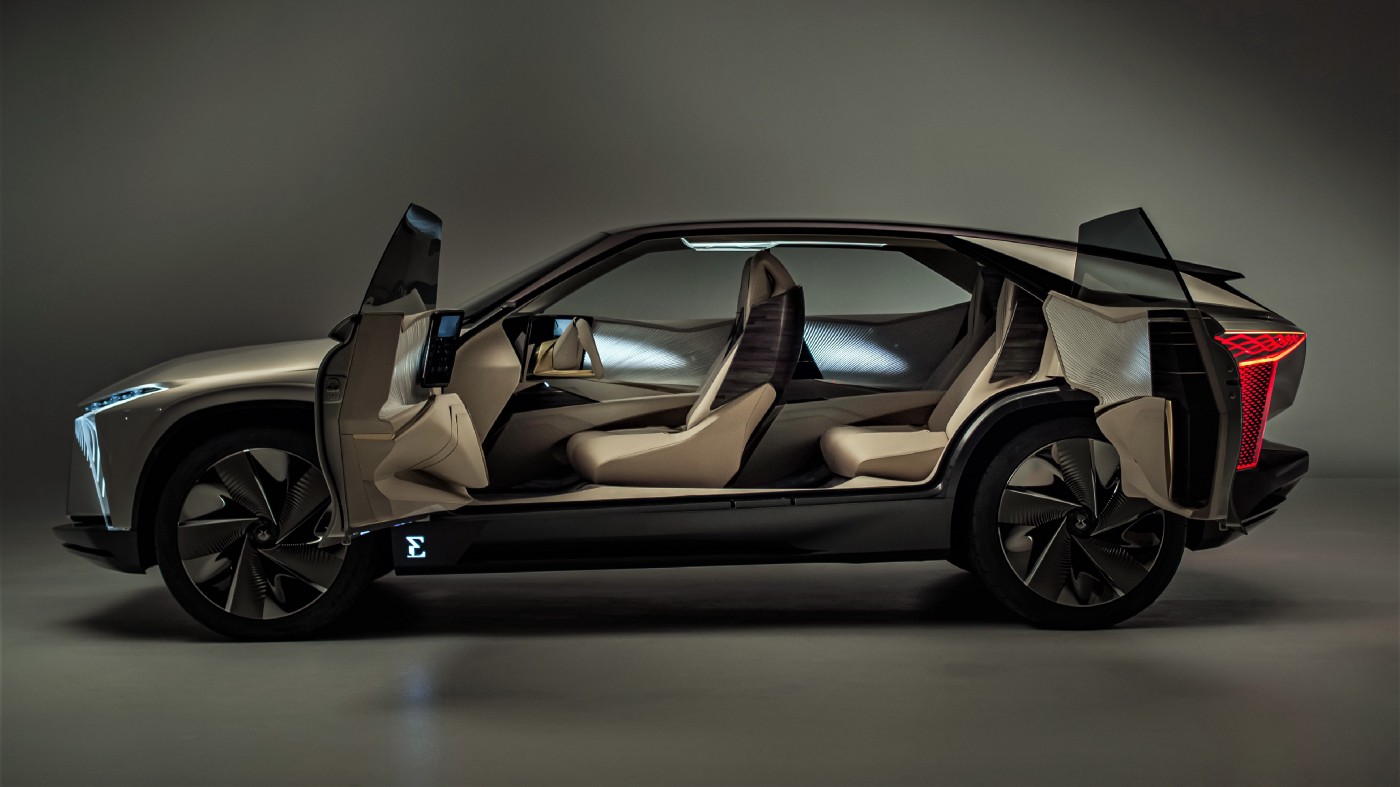
Concept cars are the stars at every motor show. They take our breath away with their design, fascinate us with their technology, take our thoughts to a whole new level with their attention to detail… The fact that most of them will never actually go on sale only adds dramatic effect. Any concept car thrills everyone who likes cars despite how much they actually know about this industry.
Automakers often present those cars with a lot of gravitas; they just love to detail how important they’ll be for their future developments. Nevertheless, sometimes a concept car loses the spotlights so fast that people never get to truly understand it. This page presents an interpretation of how automakers have worked with concept cars in the past years.
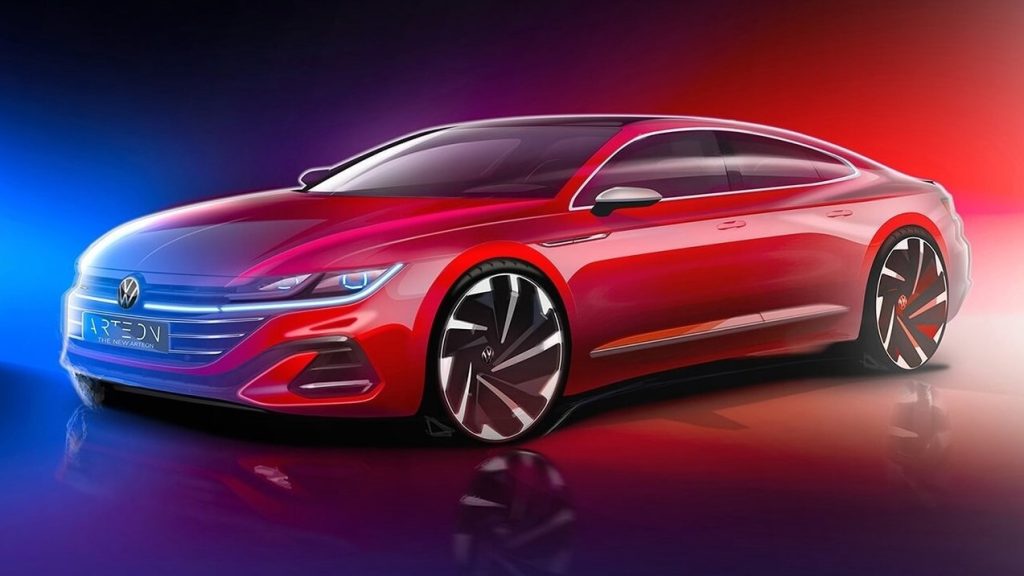

First things first
Some projects start with clear guidelines, others give designers the freedom of being merely styling exercises; regardless of the level of limits they follow, every project starts with simple drawing. The resulting sketches might be made by hand or in the computer and offer varied levels of detail. However, they all represent the very first step, when the idea is presented in its rawest form.
Sketches became notorious lately because two makers used them to introduce new models. One is Volkswagen with the renewed Arteon and the other is Opel/Vauxhall with the upcoming Mokka. As you can see, they play with angles and proportions to call attention to one particular feature. Their focus is to conclude an initial step in the process; realism is something to gradually appear on the next ones.

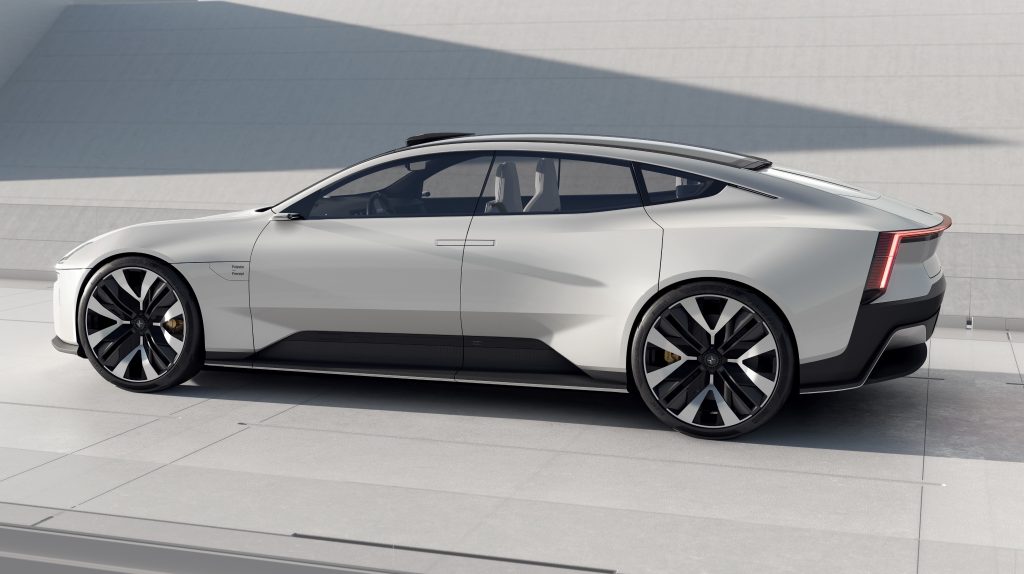
A concept car is a work of art
Moving to concept cars, the ones that fascinate us the most never reach production because that is not their purpose; they indicate the company’s next steps. They might showcase a specific design feature they intend to apply or illustrate the image the company wants to build. Just like with pictures or sculptures, we must analyze every single detail to properly interpret them.
In general, the most striking design elements are likely to reach production in a toned-down way, like lights or grilles. However, they now focus on technology as well: the Lyriq anticipates Cadillac’s electric SUV, whereas the Precept boasts Polestar’s ability to apply high-tech hardware without style losses. Concept cars like those are a goldmine of design features.
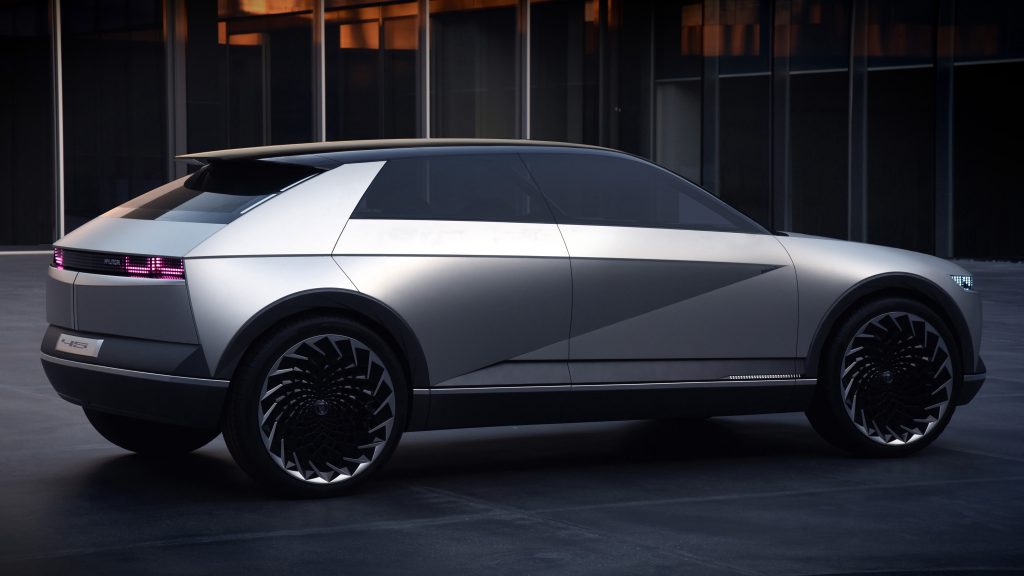
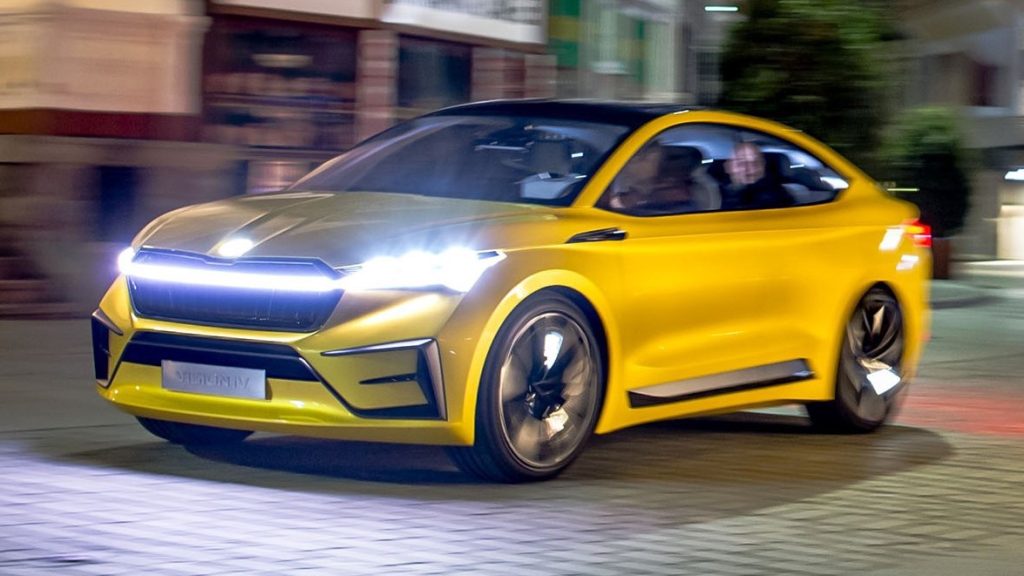
Halfway there
Over time, concept cars drew so much attention that companies started to use them in a different way. The “intermediate” ones are still far from production, but anticipate the car you’ll actually be able to buy. In this case, their complete design is expected to be produced, albeit once again toned down. Automakers create them to estimate people’s reception at auto shows and on social media.
Hyundai, for instance, will use the 45 EV’s angular shapes and electric motors on a future model, while Škoda might derive a whole new family of cars from the Vision iV’s design. Once the anticipated models appear, it’s always an interesting exercise to compare them with the respective concept car. Some of them look even better, while others fail to properly translate the proportions.
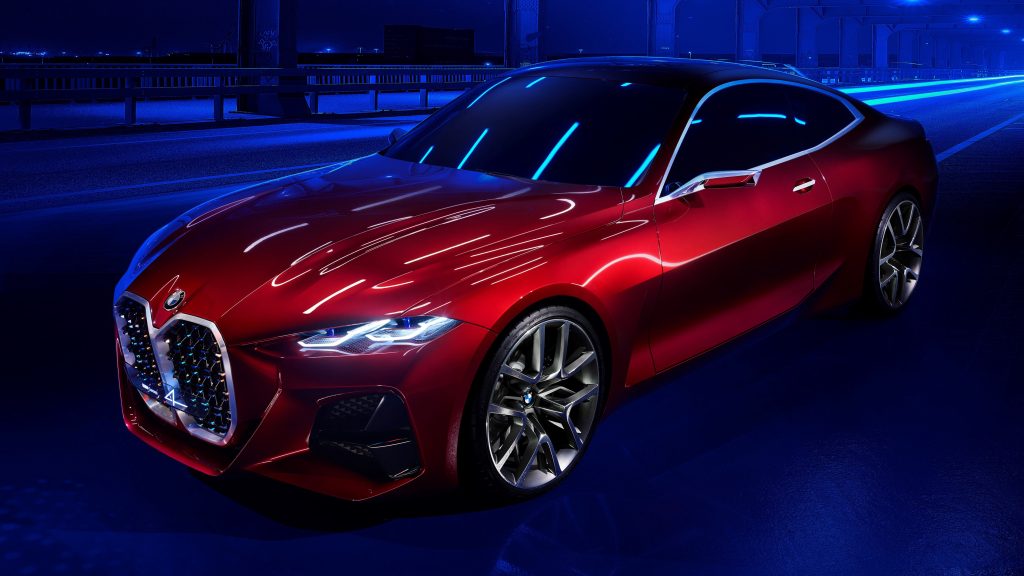
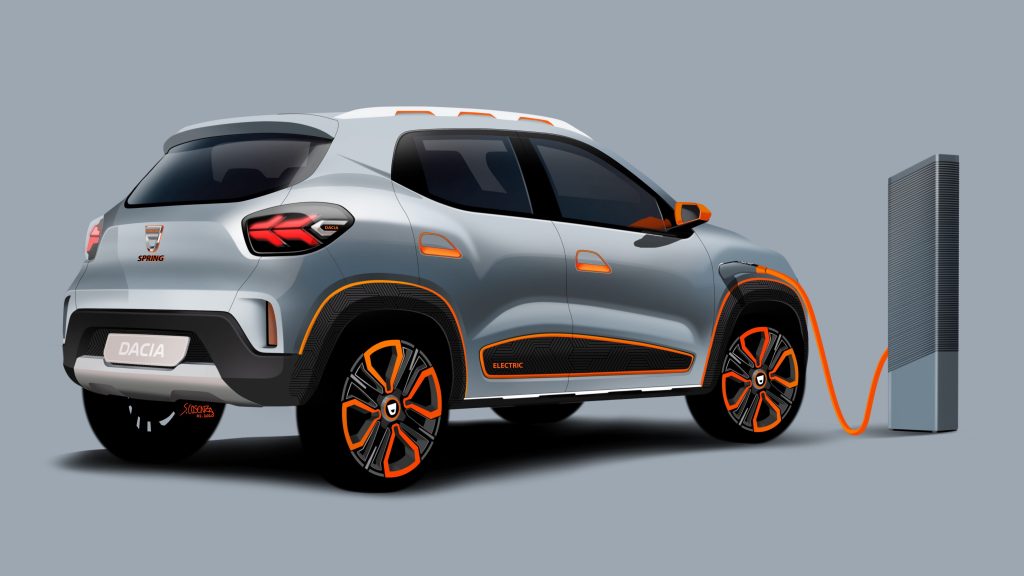
One step left
Following that train of thought led to developing a third type of concept cars. We anticipate two examples above: the BMW 4 Concept has already reached production while the Dacia supermini will be based on the Renault Kwid. We’re talking about models which are 99% of the production car, but disguised as concepts.
Here, the most important reason for their existence we can find is to preview reactions. The press estimates how the model will compete, and the public indicates how likely it is to buy it. The automaker must pay attention to that because it provides important tips and, in the worst case scenario, allows it to retouch the car before its release.
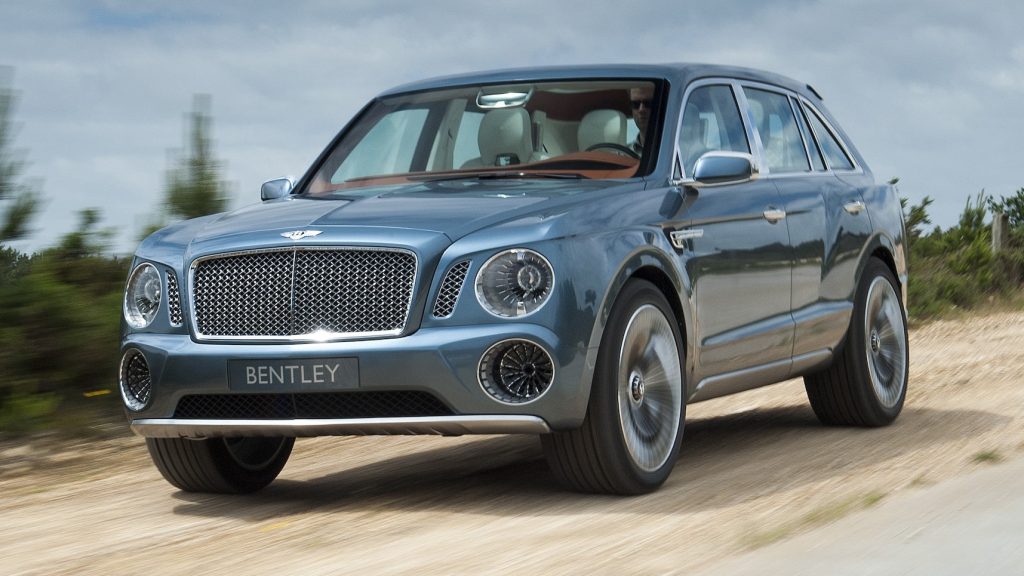

Many outcomes for a concept car
At first, it is possible to think that concept cars only serve to attract attention at auto shows and on social media. However, the fact that many will never be mass-produced is the reason why they are important in many other ways. They all help the automaker send a clear message about what it intends for the following years.
At Automobible, we believe that concept cars help us see automobiles as much more than means of transportation. They depict them as symbols of the values each automaker stands for and paint a picture of how it believes future will be. Besides, they’re a last-minute chance to repair potential design flaws. Which other concept cars do you know?



